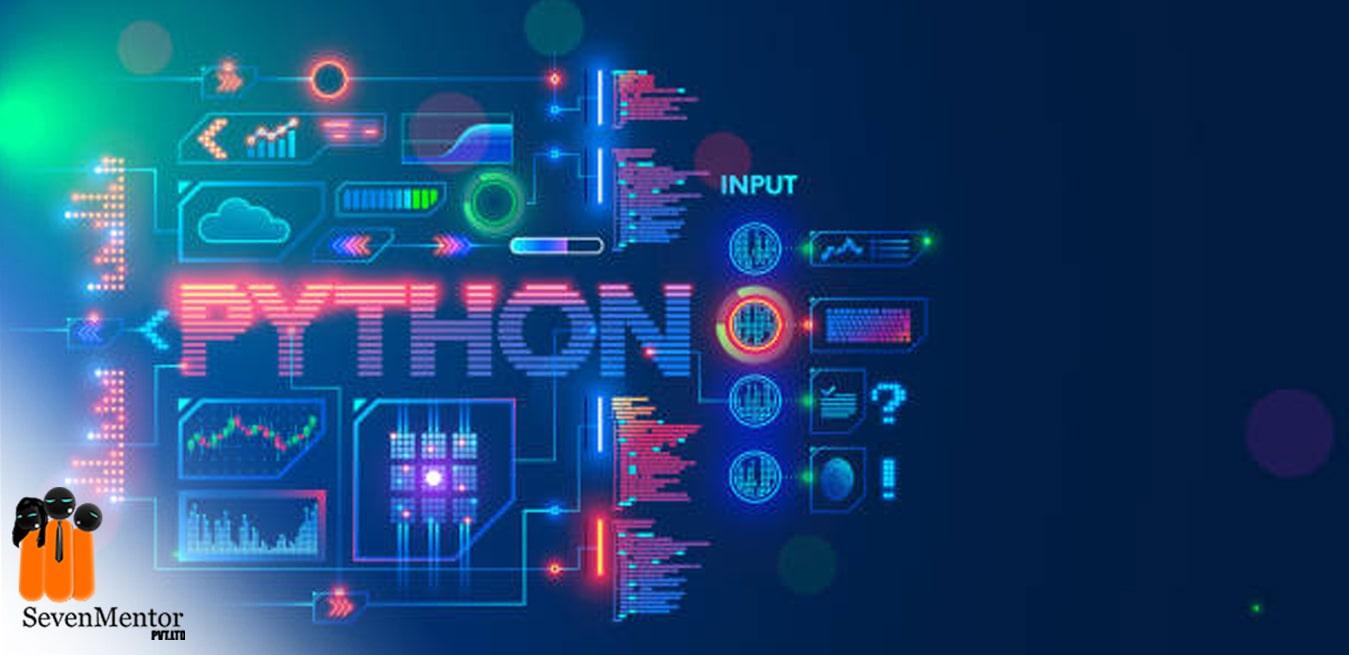In the realm of data science, Python stands tall as a versatile and robust language, owing much of its prowess to a rich ecosystem of libraries tailored explicitly for data manipulation, analysis, and visualization. Let's take a captivating journey through some indispensable Python libraries that form the backbone of data science workflows.
1. Pandas: The Data Manipulation Powerhouse
At the heart of data science lies Pandas, a versatile library offering data structures like DataFrame, enabling effortless data manipulation, cleaning, and transformation. Dive into Pandas for data exploration, merging, slicing, and statistical analysis.
2. NumPy: Numeric Computing at its Finest
NumPy's powerful array objects and extensive mathematical functions make it indispensable. Harness its capabilities for efficient numerical computations, linear algebra operations, and handling multi-dimensional arrays.
3. Matplotlib: Crafting Visual Narratives
Visualize your insights with Matplotlib. This library provides a plethora of plotting options for creating stunning visual representations of data through line plots, histograms, scatter plots, and more.
4. Seaborn: Simplifying Statistical Visualization
Complementing Matplotlib, Seaborn offers a high-level interface for creating attractive and informative statistical graphics. Leverage its capabilities for elegant visualization of complex datasets.
5. Scikit-learn: Your Swiss Army Knife for Machine Learning
Scikit-learn serves as a treasure trove of machine learning algorithms, offering tools for classification, regression, clustering, dimensionality reduction, and model selection, all wrapped in an intuitive API.
6. TensorFlow and PyTorch: Deep Dive into Deep Learning
For deep learning enthusiasts, TensorFlow and PyTorch reign supreme. Explore these libraries to build, train, and deploy neural networks for complex tasks like image recognition, natural language processing, and more.
7. Statsmodels: Unraveling Statistical Modeling
Statsmodels specializes in statistical modeling and hypothesis testing, enabling users to perform various statistical analyses, including regression models, time-series analysis, and ANOVA.
8. NLTK and spaCy: NLP for Text Mining
Natural Language Processing (NLP) finds its haven in NLTK and spaCy. These libraries facilitate text processing, tokenization, entity recognition, and sentiment analysis, vital for NLP tasks.
9. Plotly and Bokeh: Interactive Visualizations
Elevate your data stories with interactive visualizations. Plotly and Bokeh empower users to create interactive plots, dashboards, and web-ready visualizations for enhanced engagement.
10. Dask: Scalable Data Processing
When dealing with larger-than-memory datasets, Dask comes to the rescue. It extends Pandas and NumPy functionalities to parallelize computations across multiple cores, enabling scalability.
Conclusion
The Python ecosystem offers an arsenal of libraries that serve as catalysts for data science endeavors. Combining these libraries strategically allows data scientists and analysts to explore, analyze, and extract meaningful insights from data with unprecedented ease and efficiency.
Whether you're embarking on exploratory data analysis, model building, or deploying machine learning solutions, these Python libraries serve as indispensable companions on the exhilarating journey through the realm of data science.
Visit- Python course in Pune | Python classes in Pune | Python training in Pune
